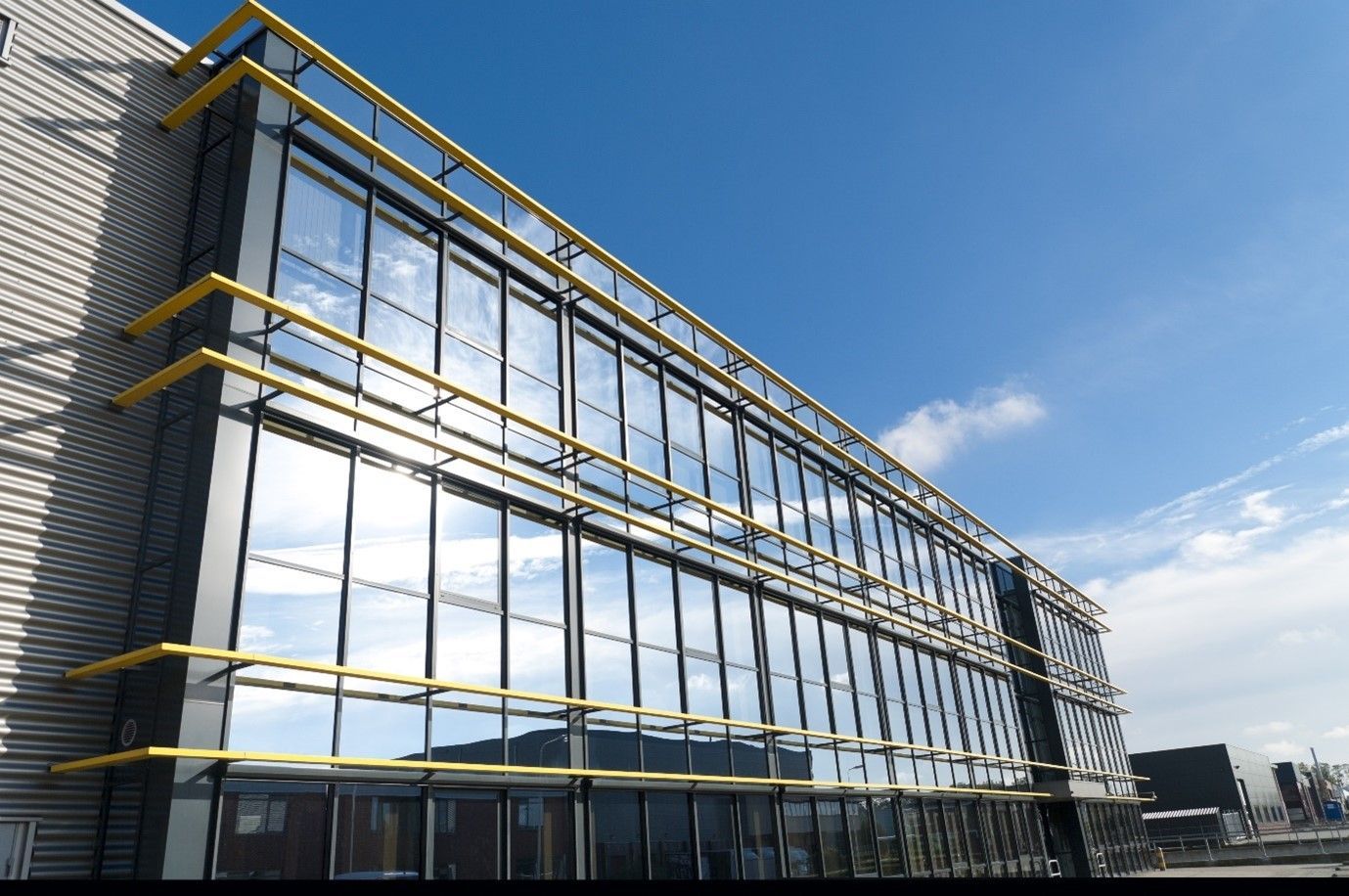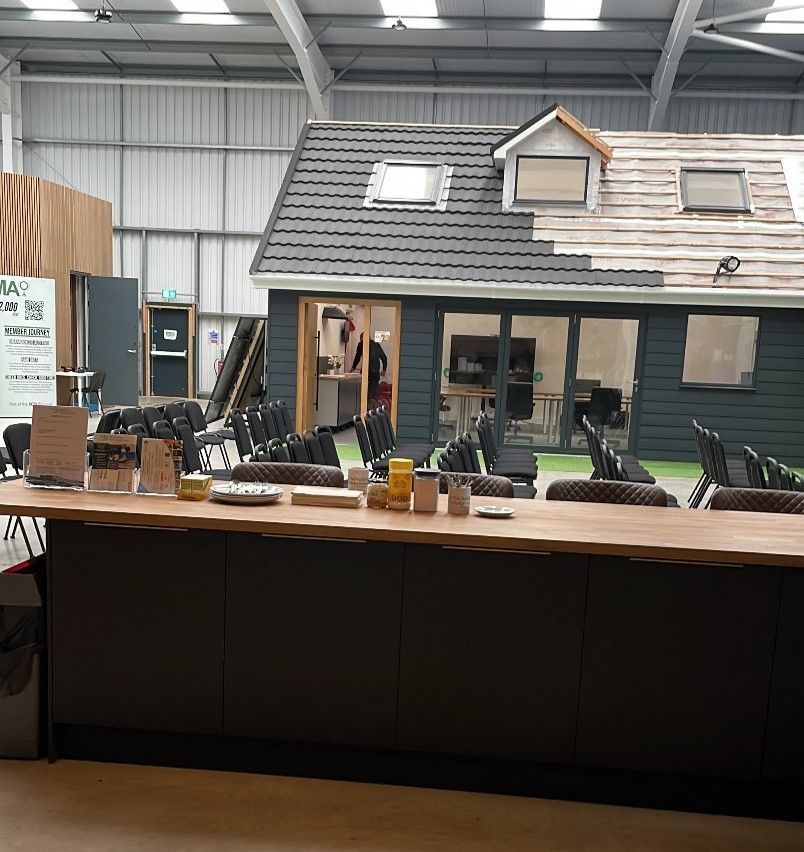New Building Regulations
Takumi Sloan • January 22, 2021
Covid-19 has delayed but not stopped the UK's legally binding target to bring its greenhouse gas emissions to ‘net’ zero’ by 2050. The government is committed to introducing new construction guidelines to achieve its ambition to be net-zero carbon by 2050. This is known as the Future Homes Standards. As a stepping stone towards the future home standards, stricter
building regulations part L that were, supposed to be introduced in 2020 have unfortunately been delayed. The new date is likely to be late 2021. While the government is still deliberating the final draft of the new building regulations Part L following the closure of the consultation process, it is clear that the new standards are likely to call for a general upgrade of the building fabric.
Despite the delay, they will still be the most recent change in a series of changes to the building regulations since the last major revision in 2013.
Below is a list of the key changes likely to come into effect for new homes in England.
• A new primary energy metric of compliance will be introduced with the current DER/ TER being moved to the secondary metric of compliance.
• The third metric of compliance requiring a minimum EPC may be introduced.
• Minimum standards for fabric and building services will be increased.
• Carbon emission reduction targets on new dwellings will be set at 20% or 31%. 31% is the government’s preferred option.
• A new method of airtightness testing called Pulse testing will be introduced.
• Photographic evidence will be required for floor, wall, roof, and cold bridging details Homes constructed on large developments working to older regulations will be required to work to the new regulations for any house not started.
• Electric heating (panel or storage heaters) has not made a comeback and it will be very difficult to achieve compliance.
Ashby Energy Assessors Blog and News

Biodiversity Net Gain (BNG) is an approach designed to leave the natural environment in a better state than before. It requires developers to assess the impact of their projects on local ecosystems and take active steps to ensure that the biodiversity is not only preserved but enhanced. As environmental concerns have gained more attention, BNG has emerged as a vital framework for mitigating the negative effects of development on nature, offering a systematic way to restore and improve ecosystems. This is particularly important in the local context, where urbanization and development often place heavy pressure on biodiversity.

Energy efficiency requirements for new homes and non-domestic buildings are set by Part L (Conservation of Fuel and Power) and Part 6 of the Building Regulations 2010 (“the Building Regulations”). The consultation paves the way for achieving the Future Homes Standard and Future Buildings Standard. It explores technical proposals for changes to the Building Regulations, the associated Approved Document guidance and calculation methods.


